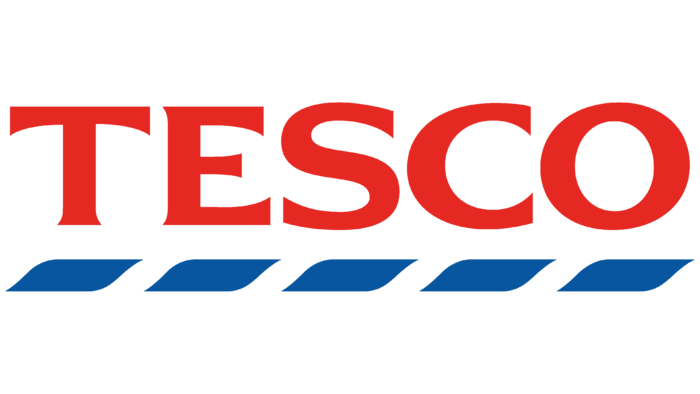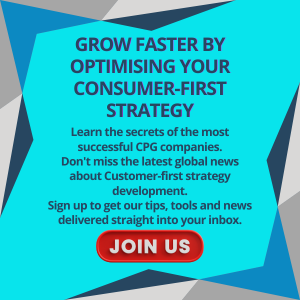“There may be customers without brands, but there are NO brands without customers!”
I am often quoted as saying this and yet I still find most companies spend more time thinking about their brands than their customers, which is alarming to say the least! And you?
Last week I spoke about identifying the exact category in which you are competing. If you missed it, then I suggest you read “You’re Not Competing In The Category You Think You Are!” before continuing. You will never be successful if you don’t understand the category people put you in and the competitors they compare you to.
In the post, I explain that we often work with a category definition that is based upon industry norms rather than that of our customers. For instance you might segment by price or demographic groups, whereas your customers group brands by flavour or packaging.
Understand how customers see the category and its sub-segments can make a huge difference to your success in satisfying your own target customers.
This week I want to continue the theme of taking the customers’ perspective by speaking about our own business objectives. You know, the topics that make up our business and marketing plans with such lofty ambitions as:
- Grow our market share to X%
- Become the category captain/leader in Retailer Z
- Launch three new brand variants
All of these may be valid business objectives, but they are not customer focussed. They start from the business perspective.
Adopting a customer-first strategy means turning business objectives into customer aims, by taking what is sometimes referred to as a bottom-up, rather than a top-down approach.
Here are some questions to help you identify your customers’ aim, their attitudes and behaviours that you are trying to influence:
1. Who are you targeting?
Every brand has a target audience. This is a sub-segment of all category users. Yes, you do need to segment users and target the most relevant and most profitable group of them for your brand, and then ignore the rest. If you are trying to appeal to everyone you end up pleasing no one!
“If you are trying to appeal to everyone you end up pleasing no-one!”
2. Why are they currently using your competitor’s brand?
In order to attract your competitors’ customers, you need to understand their motives, why they are preferring the competitive brand to your offer. This information can come from many sources, such as market research, social media, or care centre contacts.
3. What reason might make them consider switching?
If you are to appeal to your competitors’ customers then you must be able to satisfy them at least as well, and ideally better than does their current brand. What do you know about the criticisms customers have of the brand? What benefits do you offer and they don’t, or only partially? Could these be appealing to some of their customers?
4. Why do you believe that you can appeal to them now but didn’t before?
Do you have … Click to continue reading



 Target announced last October its plans to introduce the “
Target announced last October its plans to introduce the “ Tesco recently introduced their “
Tesco recently introduced their “ Sainsbury’s has now retaliated with the launch of a new campaign with the title “
Sainsbury’s has now retaliated with the launch of a new campaign with the title “









